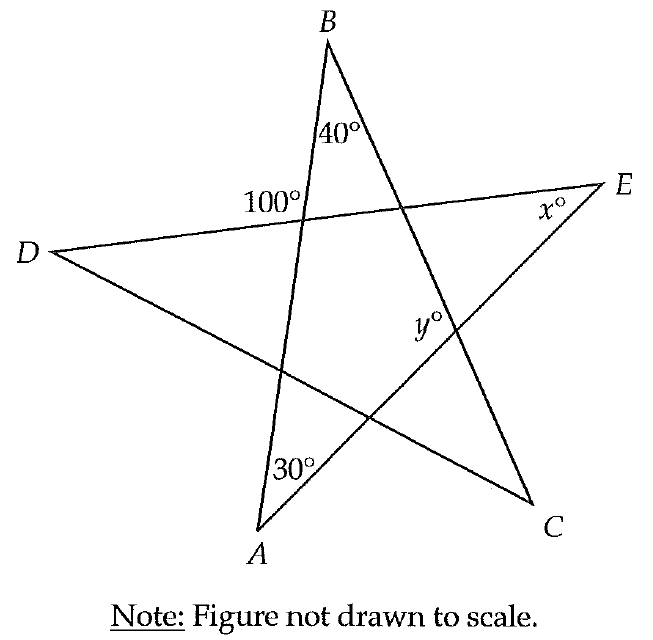EIGEN VECTORS OF A MATRIX
Finding eigen vectors of a matrix is the second step in solving a eigenvalue problem. To find eigenvectors, fist we have to find the eigenvalues from the given matrix. Then, we can find the eigenvectors that correspond to each eigenvalue found in the solution of the characteristic equation. It is best to illustrate the procedure with an example.
Example :
Find the eigenvectors of
To find the eigenvectors, first we have to find the eigen values.
To find the eigen values, solve the following equation.
det|A - λI| = 0
where I is the 2 × 2 identity matrix.
The characteristic equation :
(5 - λ)(2 - λ) - 18 = 0
10 - 5λ - 2λ + λ2 - 18 = 0
λ2 - 7λ - 8 = 0
(λ - 8)(λ + 1) = 0
λ = 8 or λ = -1
The two eigenvalues of the given matrix :
λ1 = 8
λ2 = -1
An eigenvector of a 2 × 2 matrix is going to be a column vector with 2 components. If we call these two unknowns x and y, then we can write the vector as
For the first eigenvalue, the eigenvector equation is
Av = λ1v
Specifically, we have the matrix equation,
From the above matrix equation, we have
|
5x + 2y = 8x -3x + 2y = 0 3x - 2y = 0 ----(1) |
9x + 2y = 8y 9x - 6y = 0 3x - 2y = 0 ----(2) |
The linear equations (1) and (2) above represent the same line. So, the system has infinitely many solutions.
Solve (1) or (2) for y.
y = (³⁄₂)x
If we choose x = 2,
y = (³⁄₂)(2)
y = 3
Then the eigenvector corresponding to λ1 = 8 is
For the second eigenvalue, the eigenvector equation is
Av = λ2v
Specifically, we have the matrix equation,
From the above matrix equation, we have
|
5x + 2y = -x 6x + 2y = 0 3x + y = 0 ----(1) |
9x + 2y = -y 9x + 3y = 0 3x + y = 0 ----(2) |
The linear equations (1) and (2) above represent the same line. So, the system has infinitely many solutions.
Solve (1) or (2) for y.
y = -3x
If we choose x = 1,
y = -3(1)
y = -3
Then the eigenvector corresponding to λ1 = -1 is
Kindly mail your feedback to v4formath@gmail.com
We always appreciate your feedback.
©All rights reserved. onlinemath4all.com
Recent Articles
-
Digital SAT Math Problems and Solutions (Part - 134)
Apr 02, 25 12:40 AM
Digital SAT Math Problems and Solutions (Part - 134) -
SAT Math Resources (Videos, Concepts, Worksheets and More)
Apr 02, 25 12:35 AM
SAT Math Resources (Videos, Concepts, Worksheets and More) -
Digital SAT Math Problems and Solutions (Part 135)
Apr 02, 25 12:32 AM
Digital SAT Math Problems and Solutions (Part 135)

